Rice cooker is an essential appliance in every household as it is used for cooking rice on a daily basis. You just need to wash the rice, add an appropriate amount of water, and put it in the rice cooker and press the button.
However, considering that the rice cooker is used for cooking rice, we need to pay special attention to cleaning and wiping the rice cooker. It is believed that when cleaning the rice cooker, many people think that only cleaning the inner pot is enough. But in reality, if you neglect cleaning these 3 areas of the rice cooker, it will not only consume more electricity but also breed bacteria, affecting the quality of the rice and harmful to our health. So what are these 3 areas?
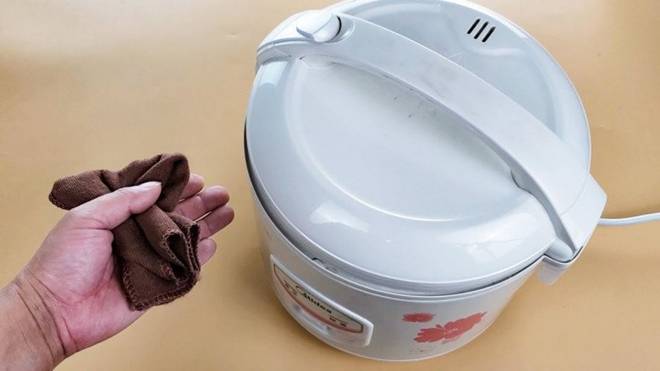
First: Rice cooker lid
The lid plays an important role in the rice cooking process. Whether the rice is delicious or not depends a lot on the structure of the lid. The lid not only protects the user but also prevents water from spilling out when boiling and ensures stable heat preservation during rice cooking.
When the rice is boiling, the water in the pot will rise and stick to the rice cooker lid. If not cleaned for a long time, these residues will breed bacteria. Next time you cook rice, when it boils and the water rises, it will unintentionally bring bacteria, mold, etc. into the pot, which will affect the rice we eat. Therefore, cleaning the rice cooker lid is a necessary task.
In fact, the inner layer of the rice cooker lid can be removed, so you can easily remove it and take it to wash. After washing, let it dry or wipe it dry before reassembling it into the pot.
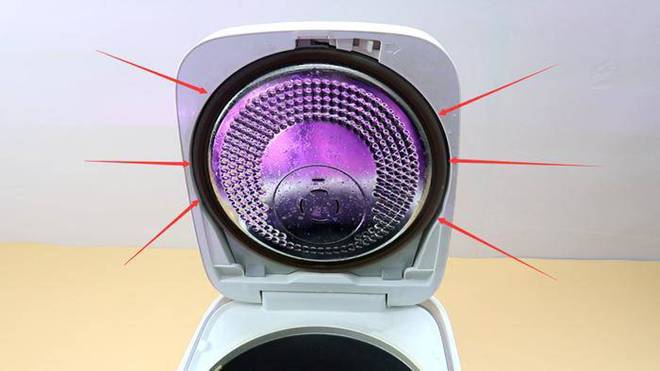
Second: Heating plate
The heating plate at the bottom is an indispensable part of every rice cooker, as it is the part that generates heat for cooking rice. However, many people tend to overlook this part when cleaning the rice cooker.
When we put the inner pot into the rice cooker, it is inevitable that some impurities and moisture will fall onto the heating plate. If not removed in time, these dirt will accumulate and affect the heat conduction of the rice cooker, making the rice cook slower and consuming more electricity.
In reality, cleaning the heating plate is very simple. After removing the inner pot, you will see a small protruding circle in the middle, which is the heating plate.
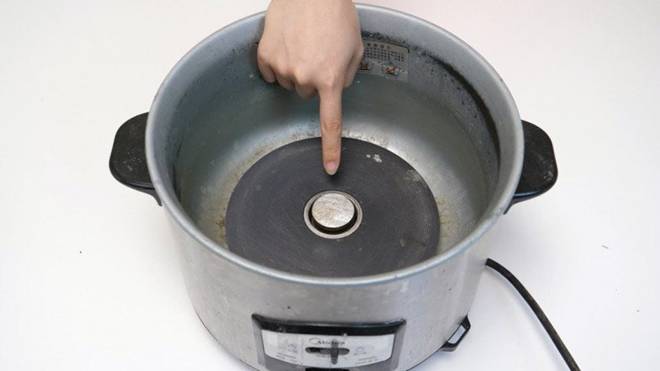
At this point, you just need to squeeze a little toothpaste and use an old toothbrush to brush it. The bristles of the toothbrush are very fine and small, and can penetrate into the small gaps of the heating plate. And toothpaste has a good cleaning effect, so you can use them to clean the heating plate.
After cleaning the heating plate, wipe it with a clean cloth. With this method, the electrical conductivity of the rice cooker will be restored, and it will save time and energy when cooking rice.
Third: Vent hole
On the outside of the rice cooker lid, there is a vent hole where the gas generated during the rice cooking process is discharged. However, when the rice is boiling, not only gas but also some residues are released, and these residues will gradually clog the vent hole, so we need to remove and clean it regularly.
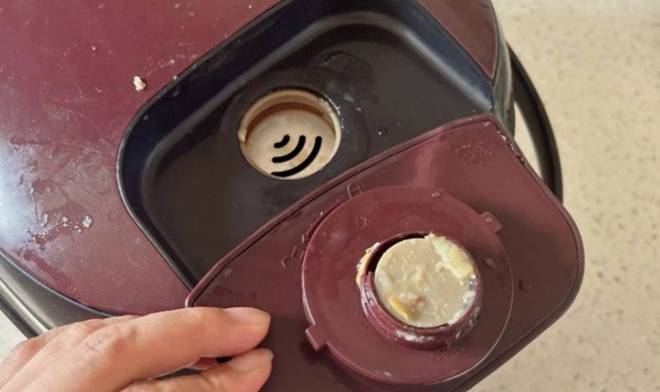
Cleaning the vent hole is also very simple, we just need to remove it and wash it clean. After drying, put it back as usual. In this way, the rice will be more fragrant and hygienic.
Above all, you should clean the rice cooker once a week. In addition to these 3 areas mentioned above, you should also wipe the entire pot.
According to Thời báo văn học nghệ thuật
Clean and save money by wiping these 3 spots on your rice cooker
Regularly cleaning these spots of the rice cooker will help keep it clean, safer for health, and importantly save energy.



























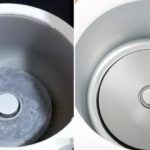

 rice cooker
rice cooker




